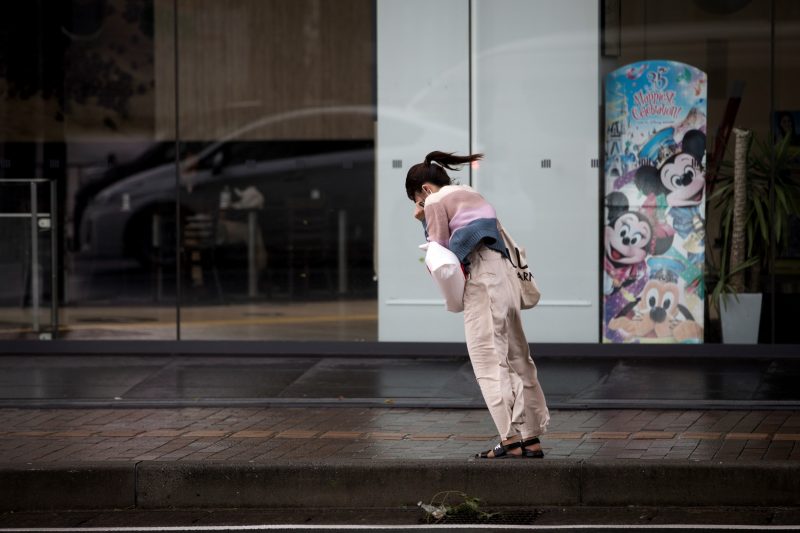Japan upgrades downpour forecasts before Tokyo 2020
Japan is prone to extreme downpours (Behrouz MEHRI)
Tokyo (AFP) – With an eye on the Tokyo 2020 Olympics, Japanese researchers are developing a new system to accurately forecast torrential downpours — known in Japan as ‘guerilla rainstorms’ — 30 minutes before they strike.
Scientists have created a high-tech radar capable of producing a three-dimensional map of a rain cloud in 30 to 60 seconds. They say this is a significant improvement on existing systems that measure only parts of a cloud in up to five minutes.
Along with the radar, installed last year at Saitama University, just north of Tokyo, the team is also using radio waves to estimate the amount of water vapour in the air to improve their forecasts.
The waves slow down depending on the volume of vapour in the air, making for a more accurate forecast, said Katsuhiro Nakagawa, director of the Remote Sensing Laboratory at the National Institute of Information and Communications Technology (NICT).
Japan is one of the most seismically active regions in the world and routinely experiences severe natural disasters, including earthquakes, floods and landslides that kill dozens of people every year.
Because of that, the nation has created sophisticated early-warning technology and disaster mitigation systems, and regularly holds emergency drills in schools.
Sudden, localised torrential rains can cause killer flash floods, submerge roads in low-lying areas, or overflow drainage systems.
Organisers of the Tokyo 2020 Olympics and the Rugby World Cup this year have voiced concern that extreme weather phenomena such as a typhoon or heatwave could throw events into chaos.
“The summer Olympic/Paralympic Games are coming up. Particularly during summer, we see lots of guerilla downpours,” said Nakagawa.
“We believe our technology will be able to provide useful data so that people hosting outdoor events can hold them safely,” he told AFP.
In the future, the technology may assist organisers of other outdoor events, like fireworks festivals and sporting competitions, or may result in precise, localised weather services released only in affected towns.
Nakagawa said that with more research, he was hoping to offer an extended warning “lead time” before a severe downpour arrives.
Disclaimer: This story is published from a syndicated feed. Siliconeer does not assume any liability for the above story. Validity of the above story is for 7 Days from original date of publishing. Content copyright AFP.


